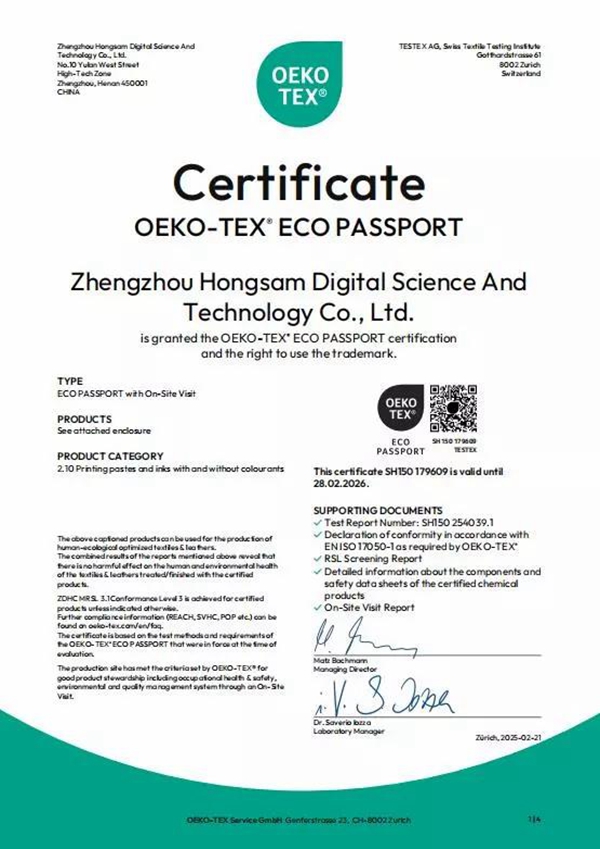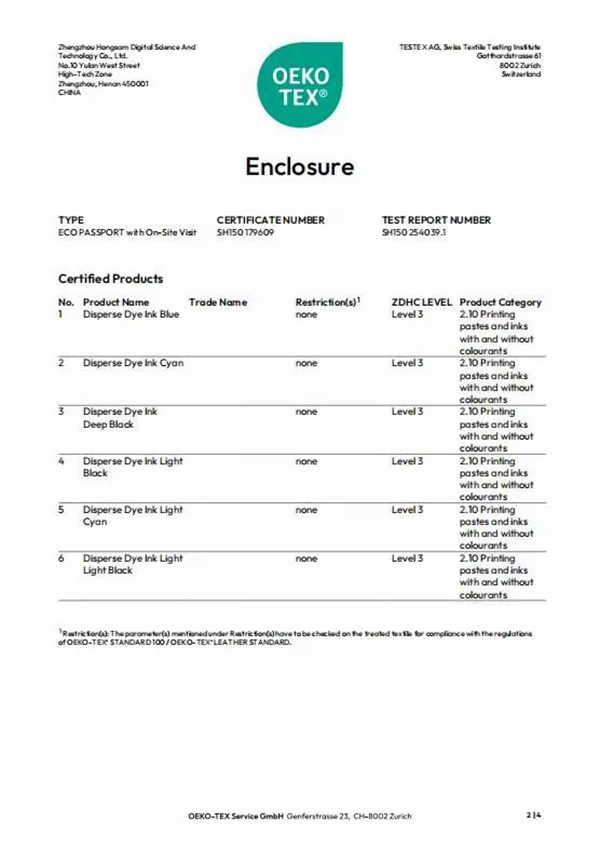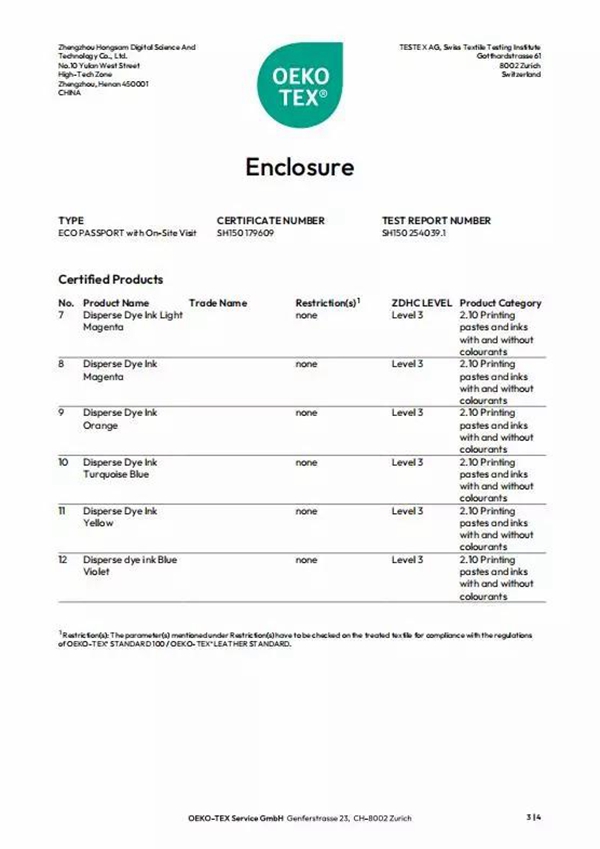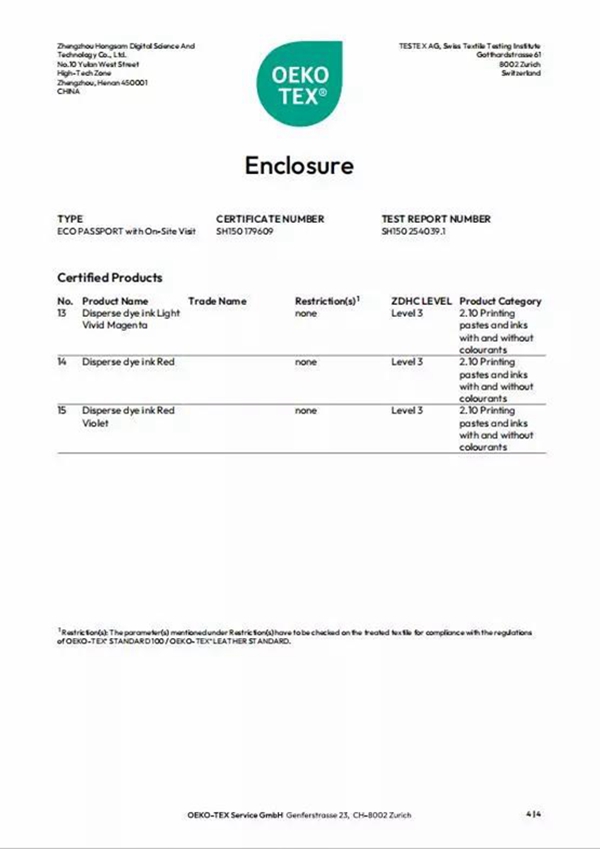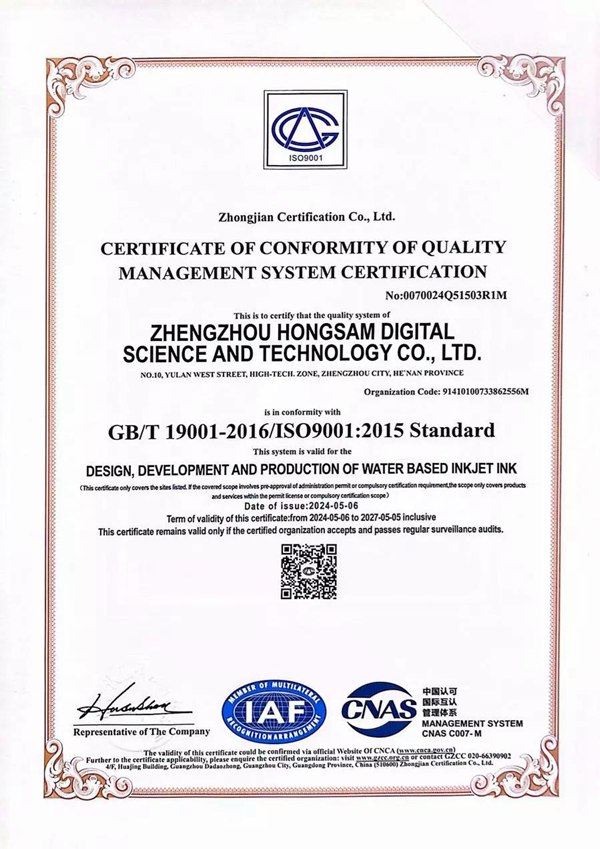The textile printing and dyeing industry produces about 200 million tons of waste water every year, accounting for 17%-20% of the world's total industrial waste water. The textile printing and dyeing industry is one of the largest water users, and the wastewater discharged during the production process is seriously harmful to the receiving water body. Printing and dyeing wastewater is characterized by complex components, high organic content, deep color, high chemical oxygen demand, and relatively low biochemical oxygen demand, poor biodegradability, and large discharge. The wastewater problem has become a major obstacle to the sustainable development of the textile industry.
Today, with the enhancement of people's awareness of environmental protection, energy saving and emission reduction and environmental protection are becoming more and more important. Therefore, the textile printing and dyeing industries have begun to pay attention to the water consumption and wastewater discharge in printing and dyeing processing, and gradually shift the development focus of future printing and dyeing technology to washing-free fabric dyeing.
At present, post-treatment methods are generally used in the industry to remove harmful substances in wastewater. Common methods include physical methods, chemical oxidation methods, and biological methods. However, these post-processing methods still have various problems, such as high energy consumption, low efficiency, poor stability, and generation of by-products. Therefore, it is of great significance to reduce the generation of front-end wastewater to realize polyester dyeing with less water and no washing.
Hongsam Digital developed DTF® Washing-free Disperse Direct-printing Ink and registered trademark HOTME® for the ink. For more details, please feel free to leave a message to us, thank you very much.












